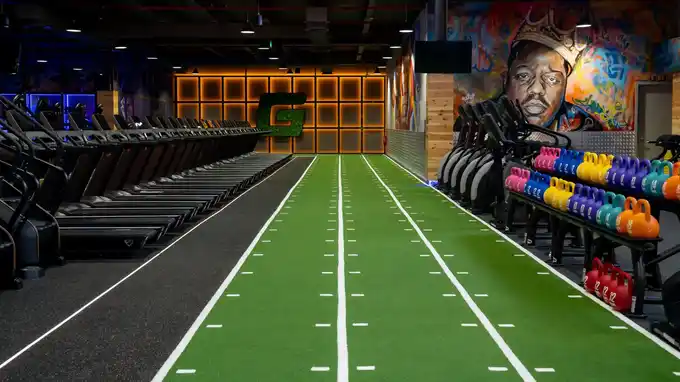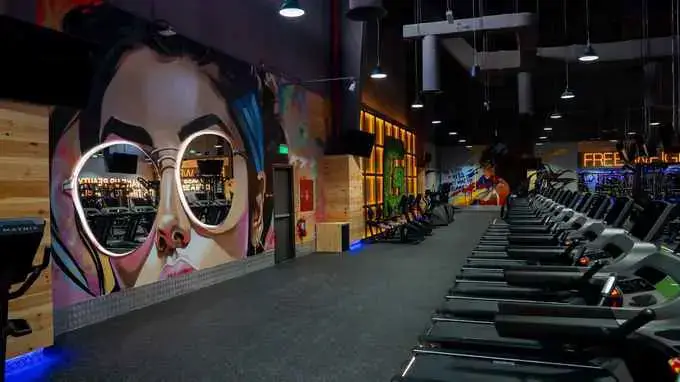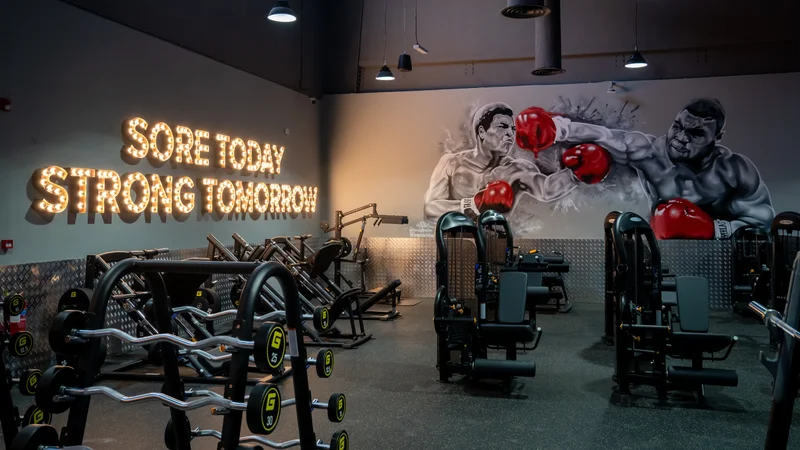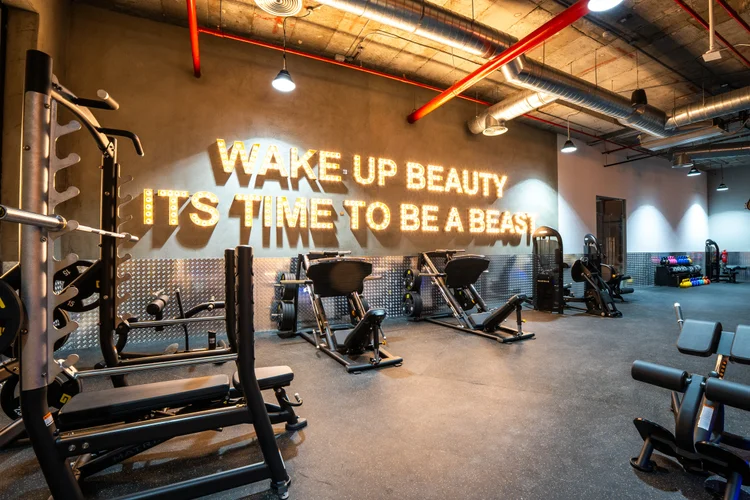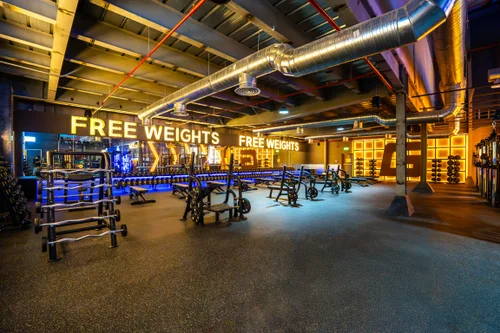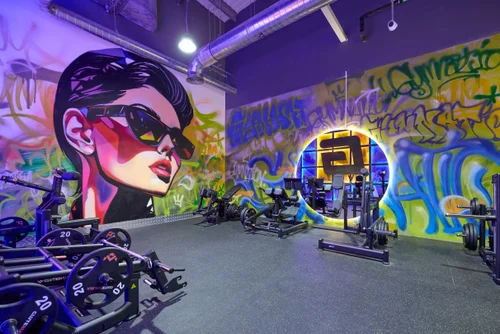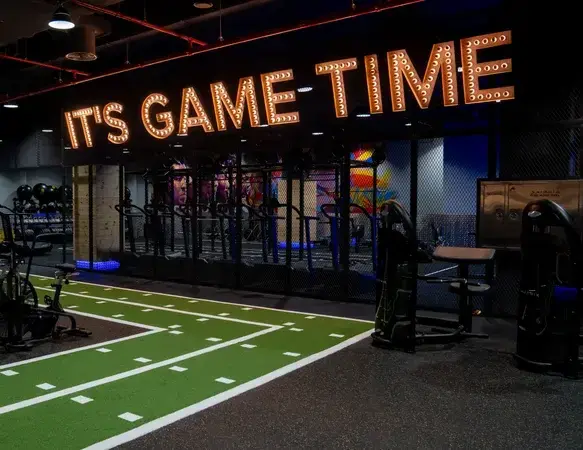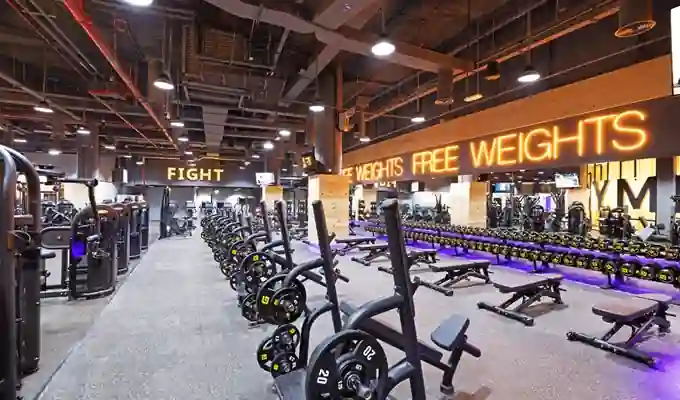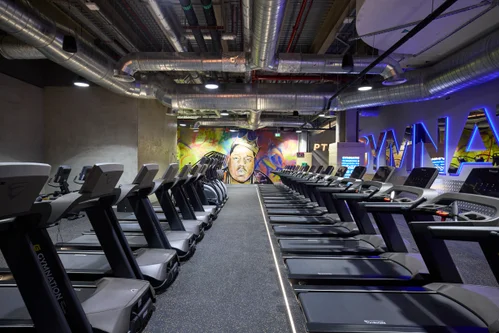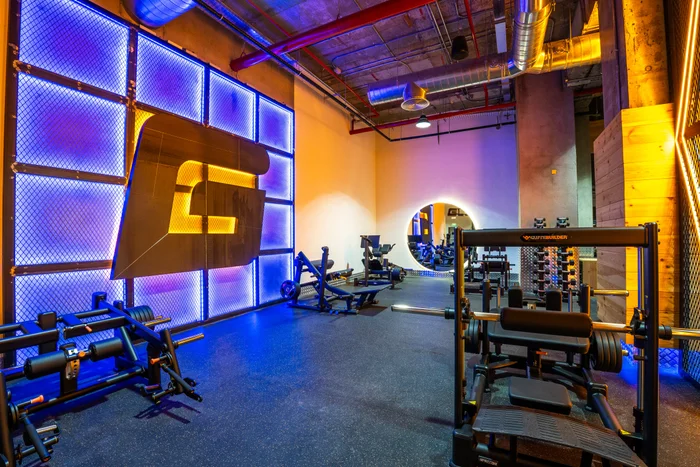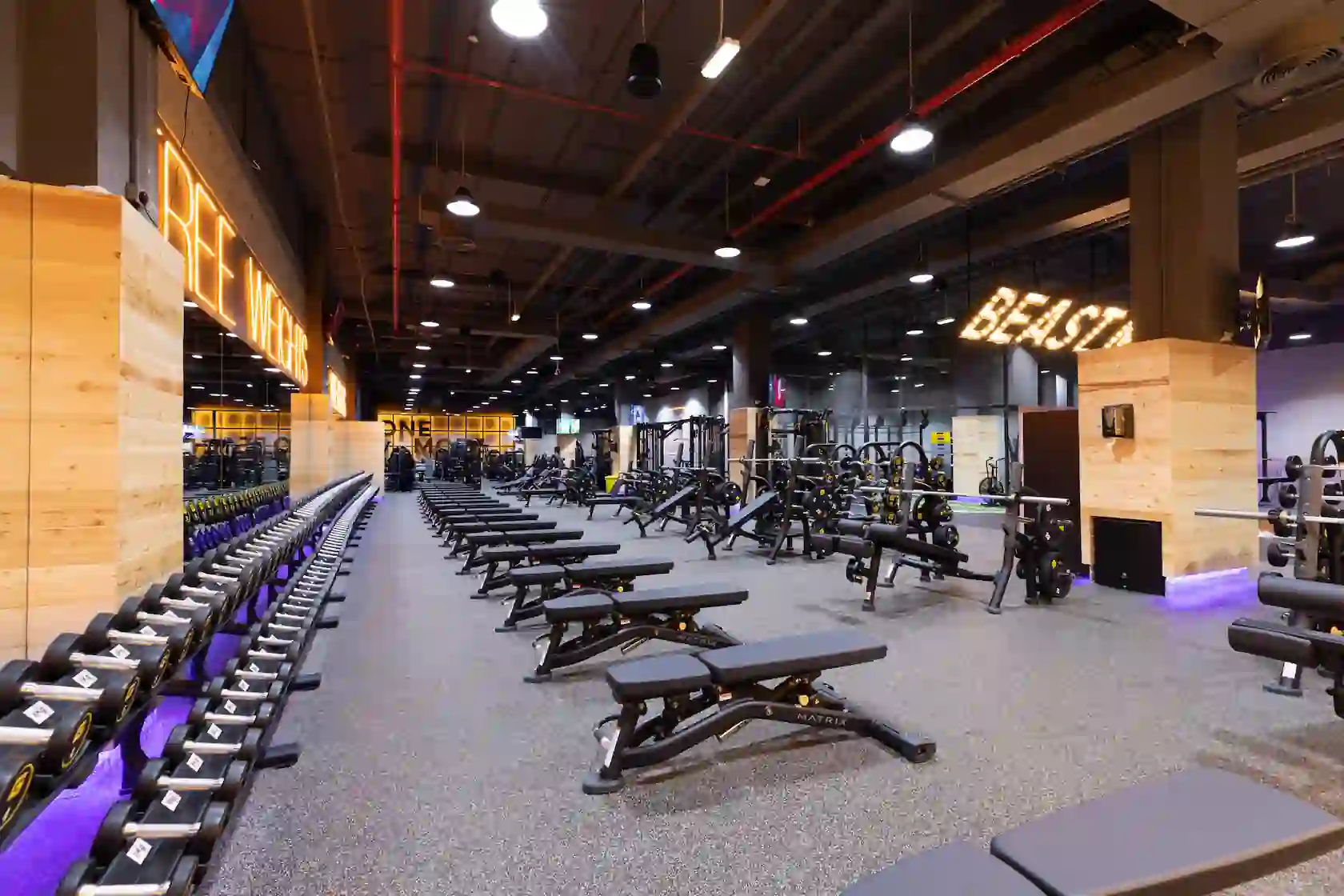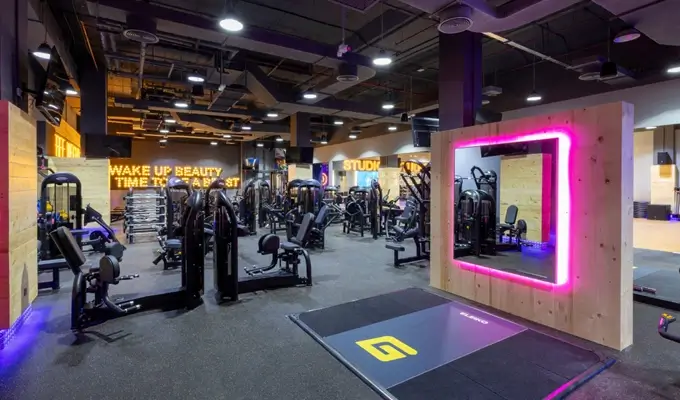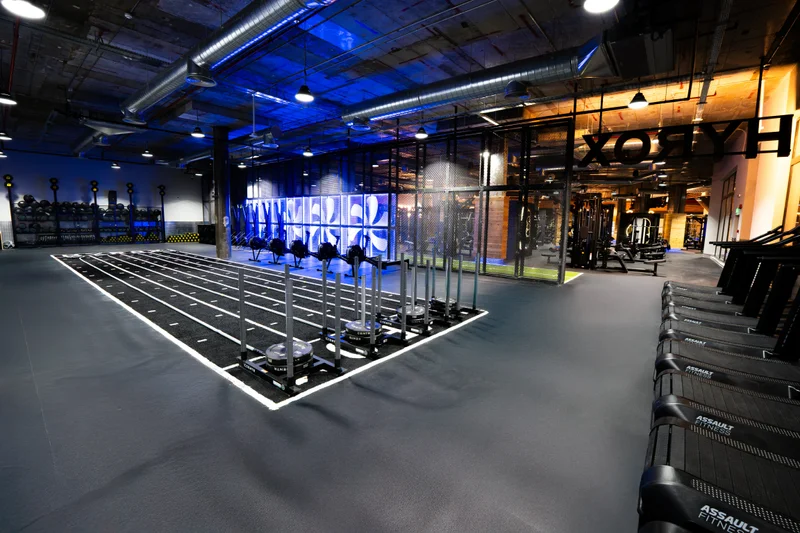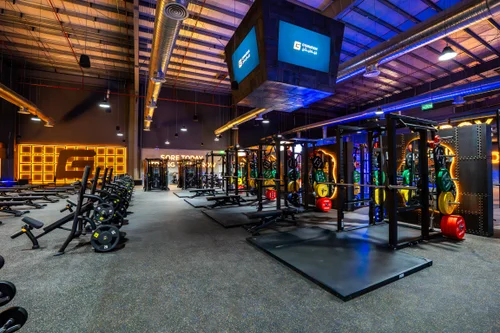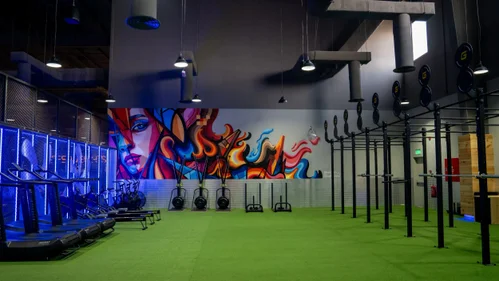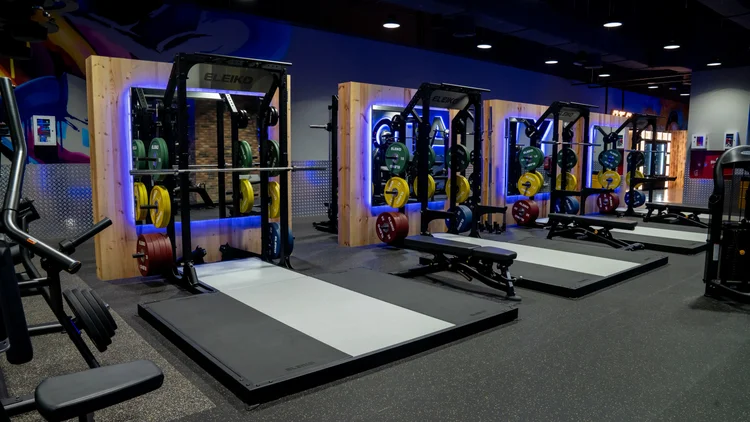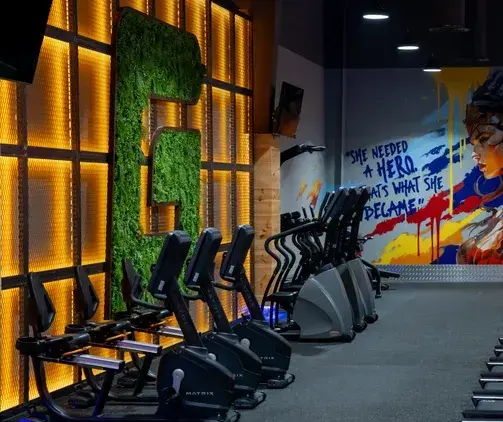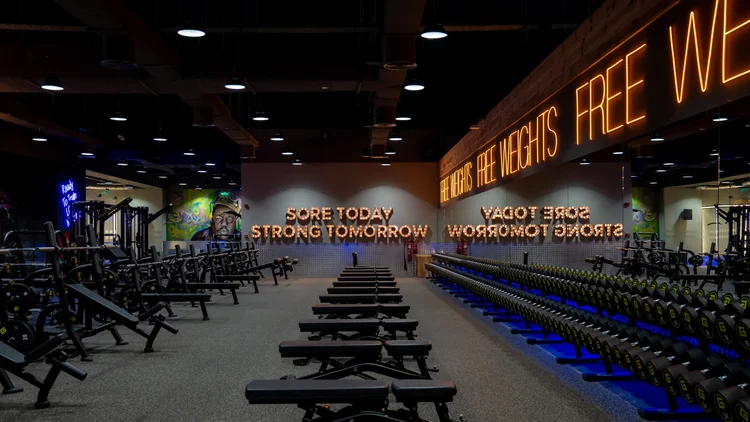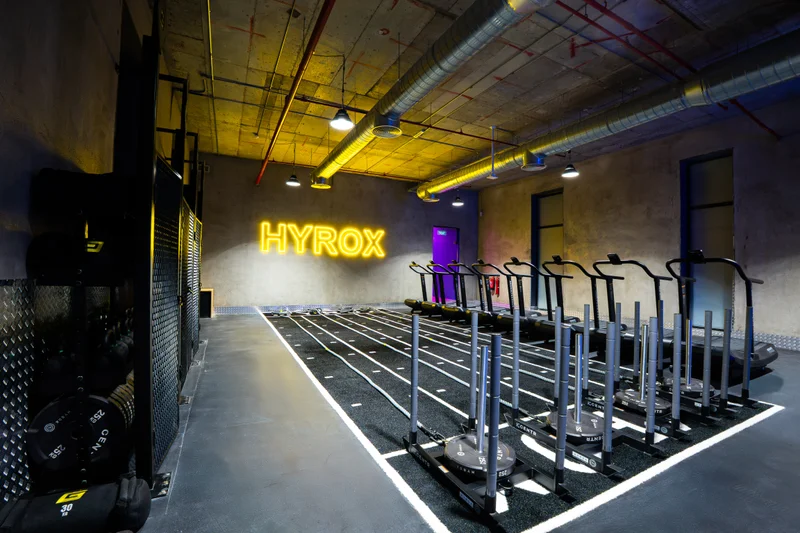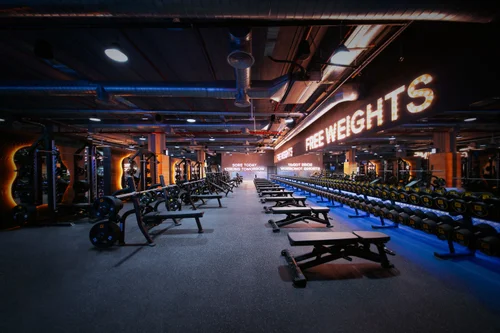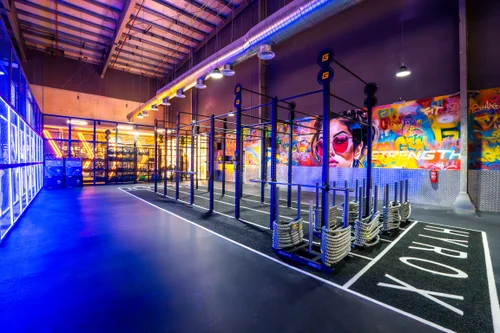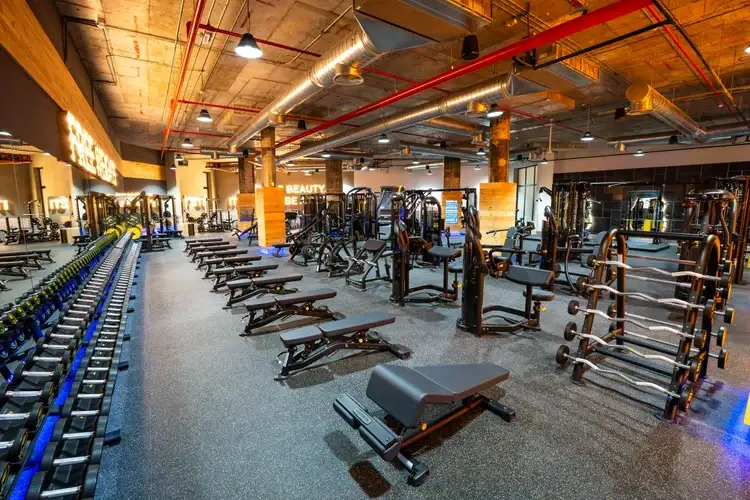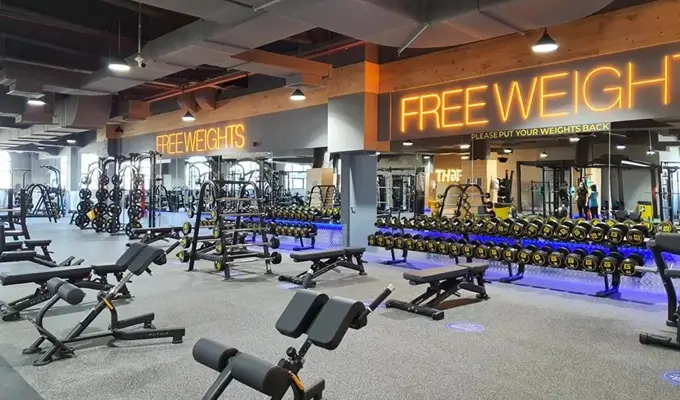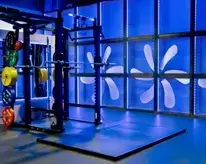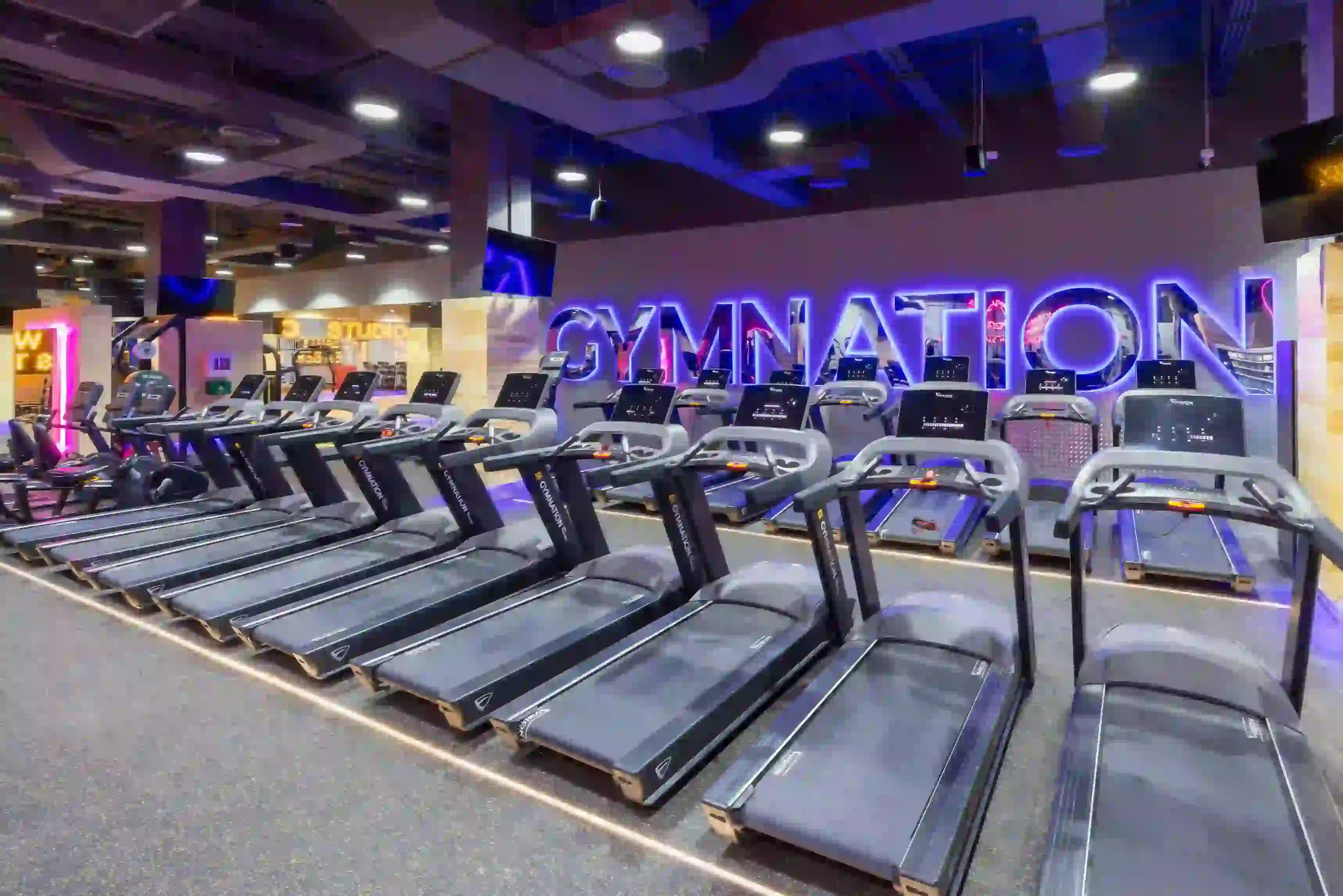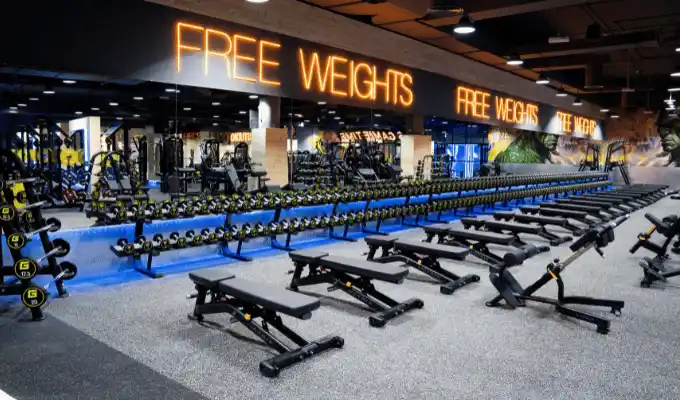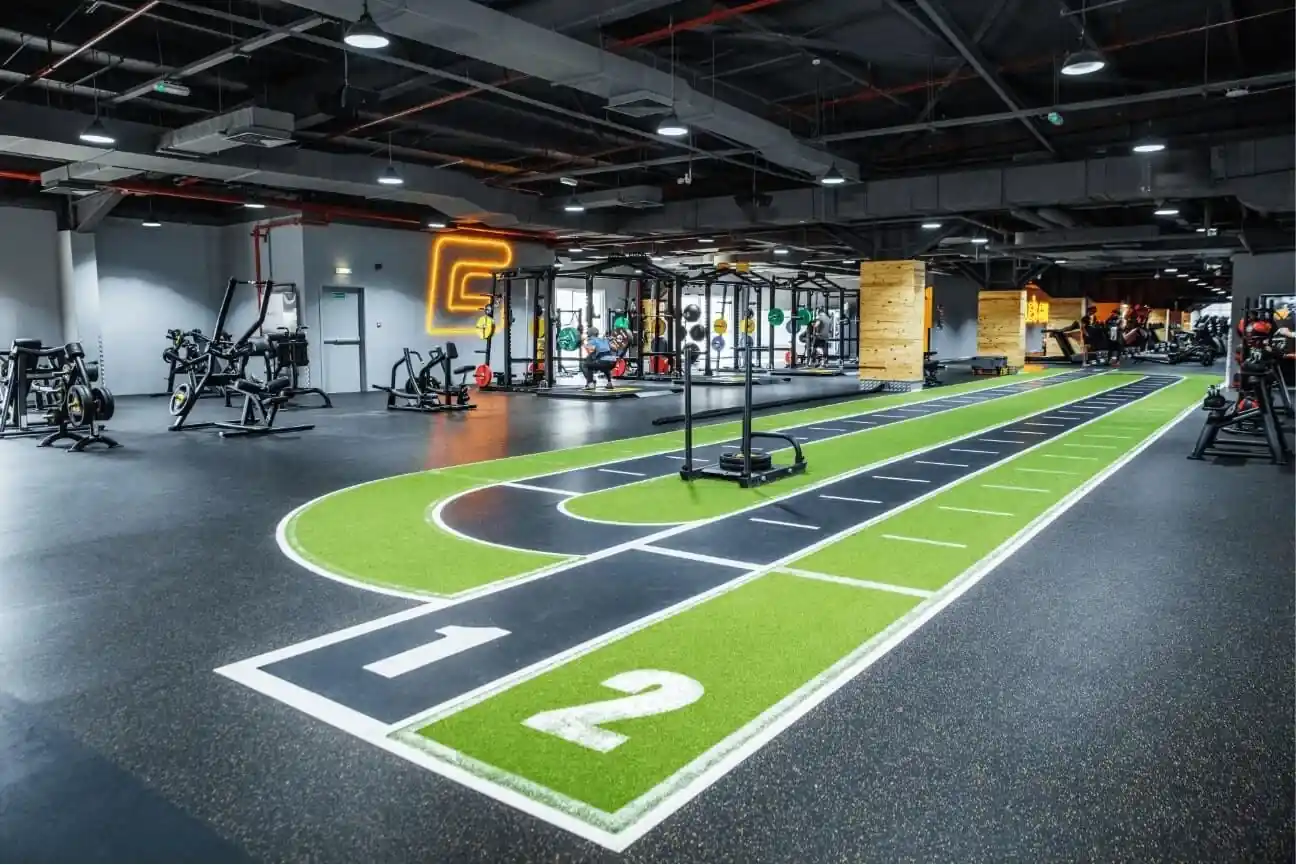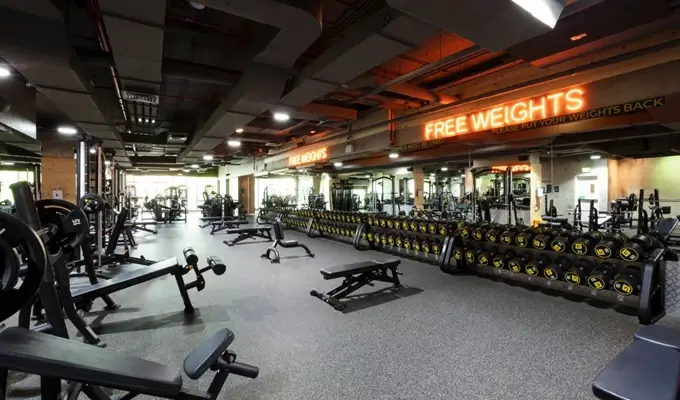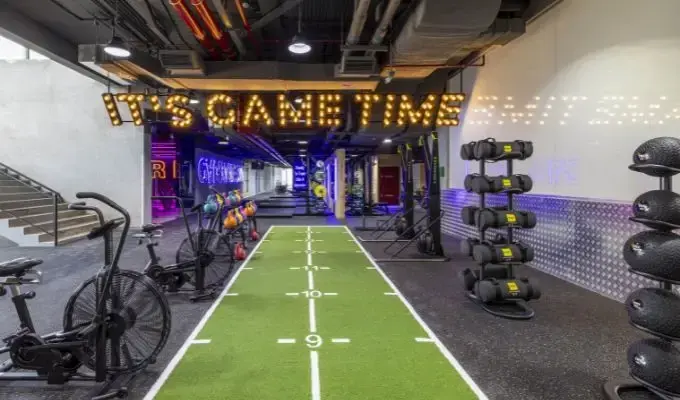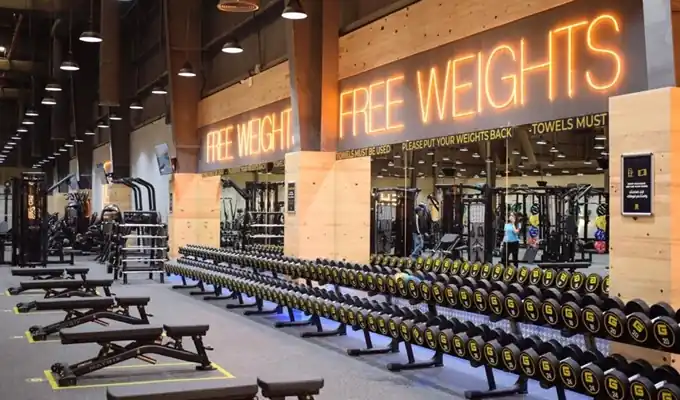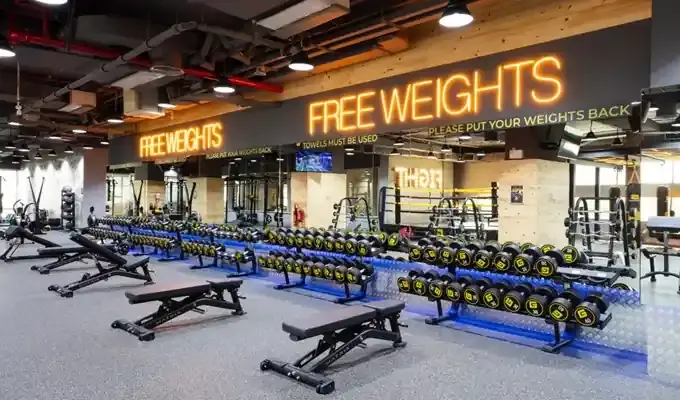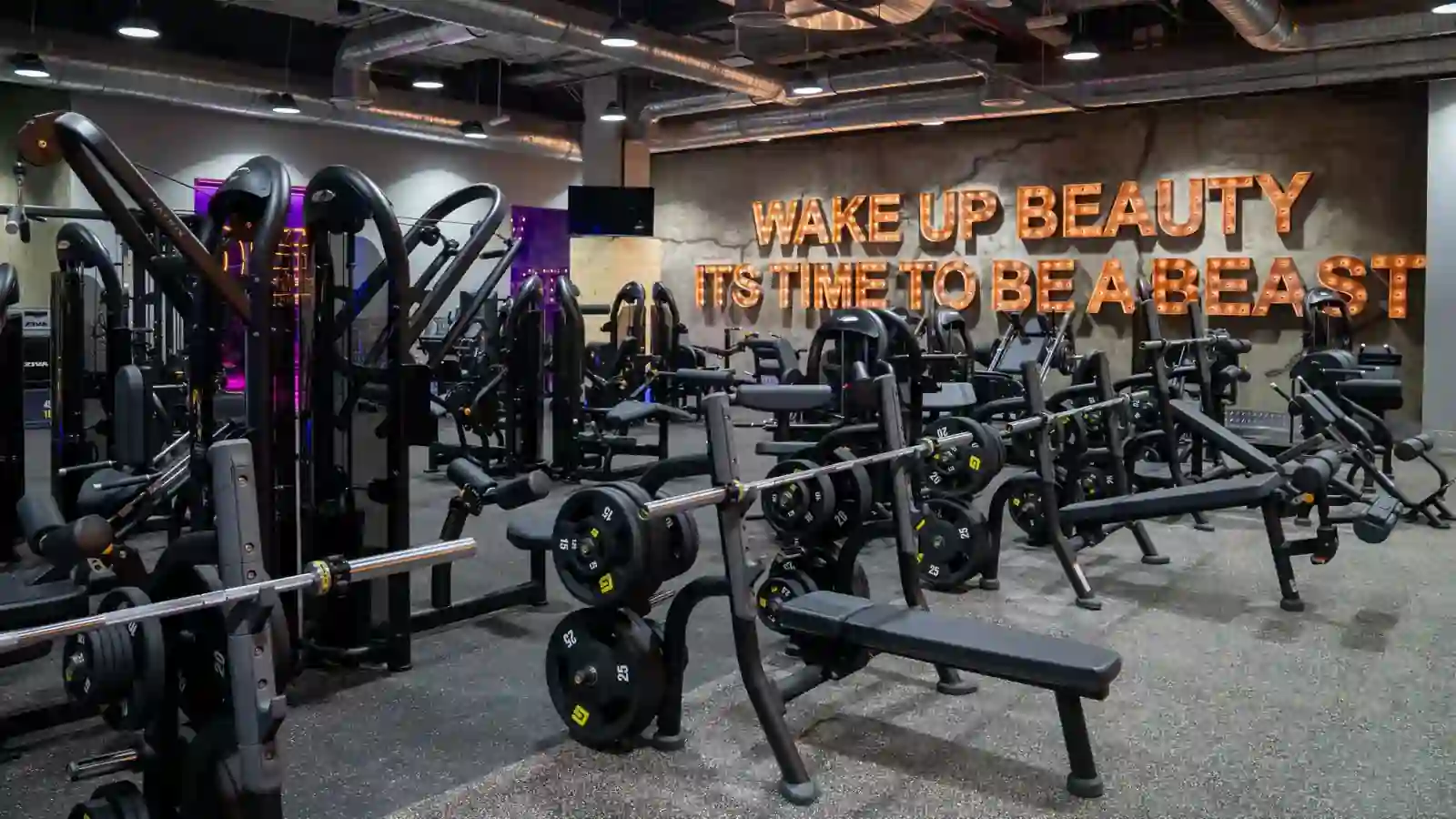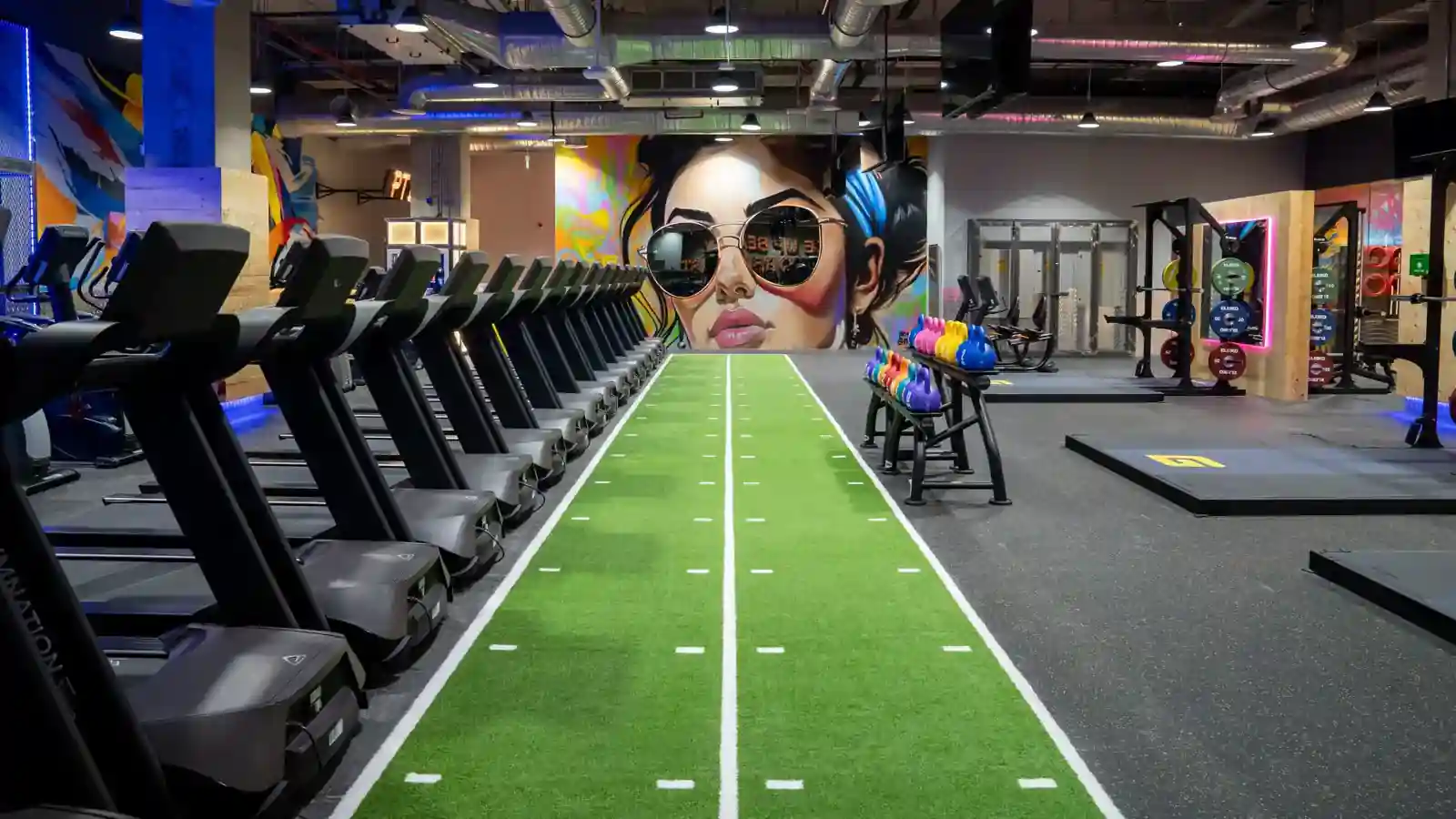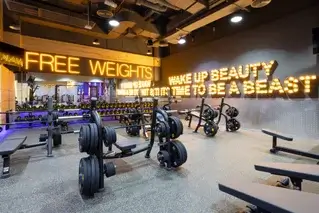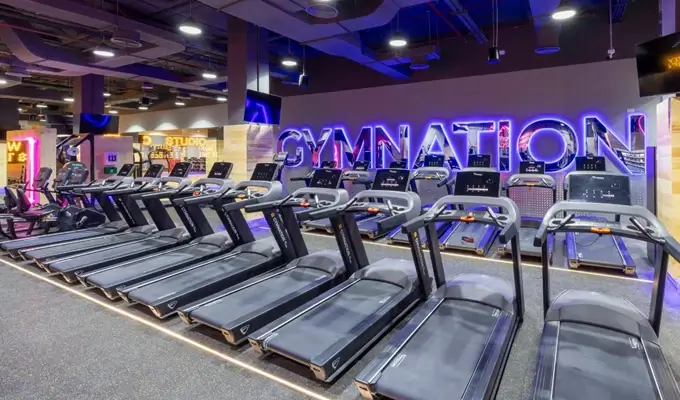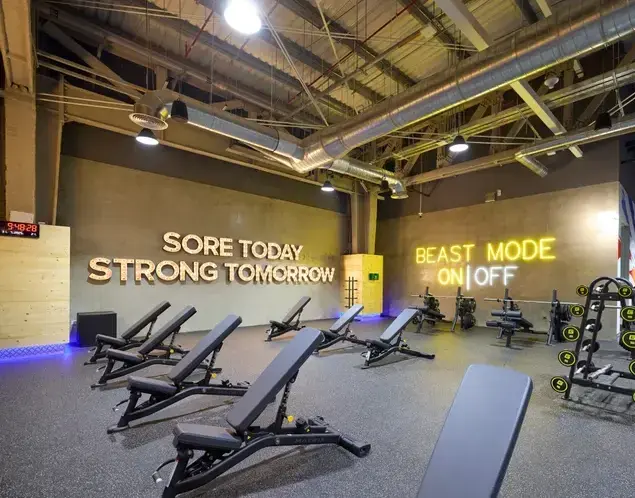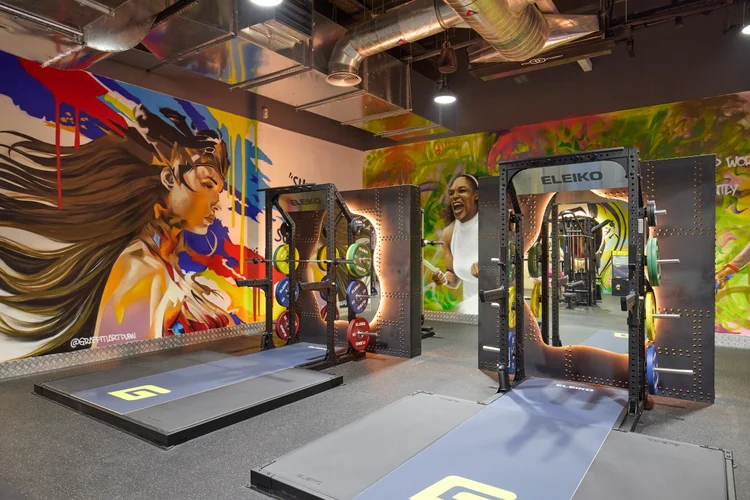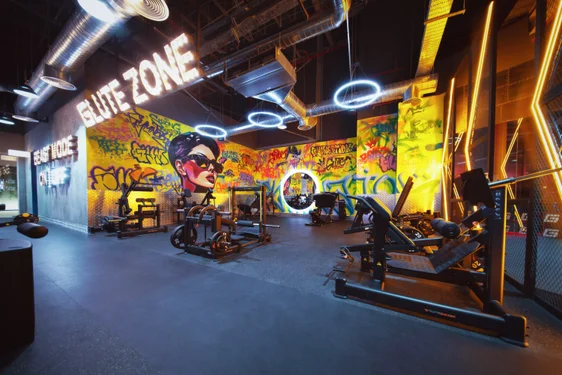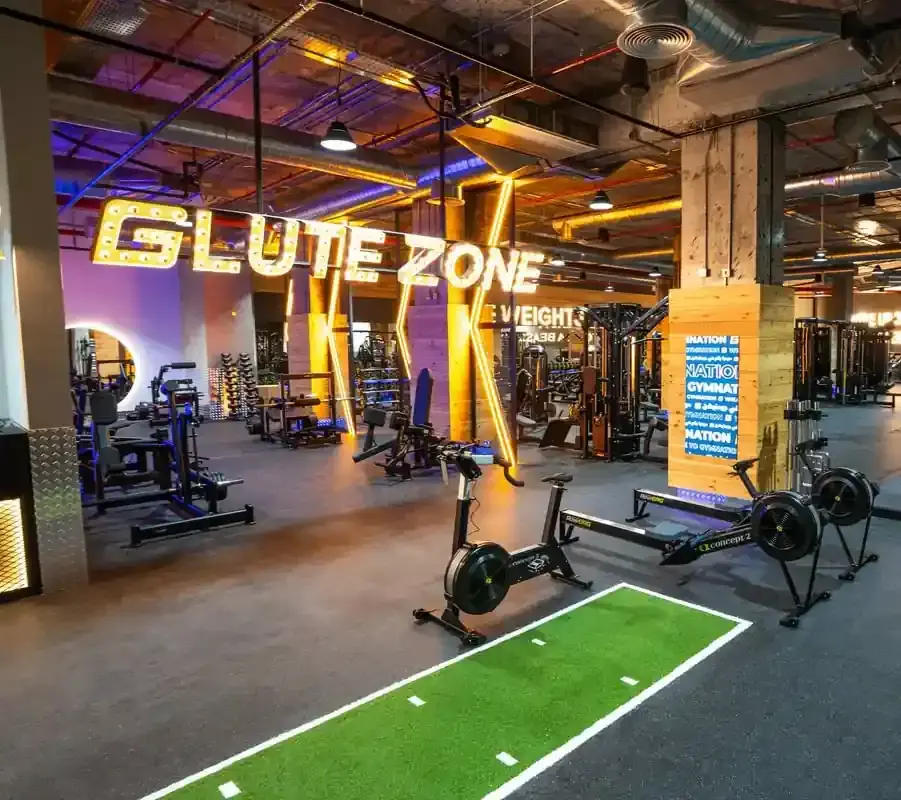Maximizing Gains in Minimal Time

SIGN UP FOR YOUR FREE DAY PASS TODAY!
Struggling to fit workouts into your busy schedule? Between work, family, hobbies, and downtime, finding time to exercise can feel impossible.
The good news? Building size, strength, and achieving fitness goals is less about how long you work out and more about what you do during that time.
Here’s how to get the most out of your workouts without spending hours at the gym.
Read Also: How to Train Your Brain for a Fitness Mindset
Focus on Quality Over Time
Spending hours at the gym isn’t a guarantee for progress. According to experts like Mike Nelson, Ph.D., C.S.C.S., it’s all about the quality of your effort.
Fitness isn’t defined by time—it’s the productive work you do that counts. Shawn Arent, Ph.D., C.S.C.S., emphasizes that how you use your workout minutes is more important than how many minutes pass.
One crucial factor is training volume, or the total weight lifted across your sets and reps.
Research shows that increasing your volume over time is key for muscular size and strength.
To keep progressing, you need to increase your workload gradually—whether that’s adding more weight, reps, or sets across your workouts.
Tailor Your Workout to Your Goals
If you’re just starting out, building strength and endurance might not take much time.
For beginners, short, efficient workouts of around 15 minutes can still deliver results, as long as the volume is appropriate. Doing too much too soon can lead to excessive soreness and compromise recovery.
For seasoned gym-goers, however, progress requires more effort and longer sessions due to the need for higher training volume. Advanced levels of strength and size simply demand more quality work.
If your goal is maintenance, your workouts may not take as long. Performing around 80% of the volume that got you to your current level can suffice for maintaining progress.
Rest Strategically
Another factor impacting your workout length is rest between sets. Rest allows muscles to replenish energy, particularly adenosine triphosphate (ATP), which powers your muscles during contractions.
For strength training, longer rest periods of two to three minutes can improve performance, especially for heavy compound lifts.
But longer rest isn’t always mandatory. Adjust based on how much effort you can give in the next set. If you can barely replicate your previous reps, you probably didn’t rest enough. For smaller or isolation exercises, shorter rest periods can save time.
Practicing efficient rest strategies—like saving extended breaks for larger, more demanding lifts—can help you avoid unnecessarily long training sessions.
The Importance of Exercise Intensity
Shorter workouts can still pack a punch, but intensity must remain high. Studies show that even brief interval sessions, like 7-minute cardio circuits, can build strength and endurance if intensity is maximized.
To keep seeing results, your efforts need to progress—whether by adding more weight, reps, or time under tension.
Balancing duration and intensity is key. When workouts are shorter, effort should be higher. For longer sessions, intensity might fluctuate to avoid burnout.
Time-Saving Strategies for Resistance Training
If time is limited, these techniques will help you fit effective workouts into your day without sacrificing results.
- Superset Opposing Muscle Groups
Alternating exercises for opposing muscles—like bench presses (push) with rows (pull)—lets one muscle group recover while the other works. This maximizes efficiency without compromising volume.
- Prioritize Compound Movements
Focus on big, multi-joint exercises like squats, deadlifts, pull-ups, and rows. These moves engage multiple muscles at once, delivering the biggest bang for your buck. Save isolation movements for when time allows.
- Opt for Shorter, Heavier Sets
Sets with fewer reps can deliver similar results with heavier weights. For example, an 8-rep set with heavier weights can save time compared to a 15-rep set, while still achieving comparable training volume.
- Build Your Aerobic Base
Better cardiovascular fitness can enhance recovery between sets, shortening rest periods and enabling you to complete more work in less time. Try adding regular cardio sessions to improve endurance and efficiency.
Stay Consistent, Stay Productive
Ultimately, effective workouts depend on consistency and progressive effort. Whether you have 15 minutes or an hour, the principles of quality volume, strategic rest, and smart exercise choices will help you make the most of your time.
By focusing on what matters most, you can balance fitness with a busy lifestyle and still achieve impressive results.
Read Also: How to Stay Motivated for At-Home Workouts
Source: menshealth
The opinions shared in the GymNation blog articles are solely those of the respective authors and may not represent the perspectives of GymNation or any member of the GymNation team.
GET YOUR FREE TRIAL TODAY




















